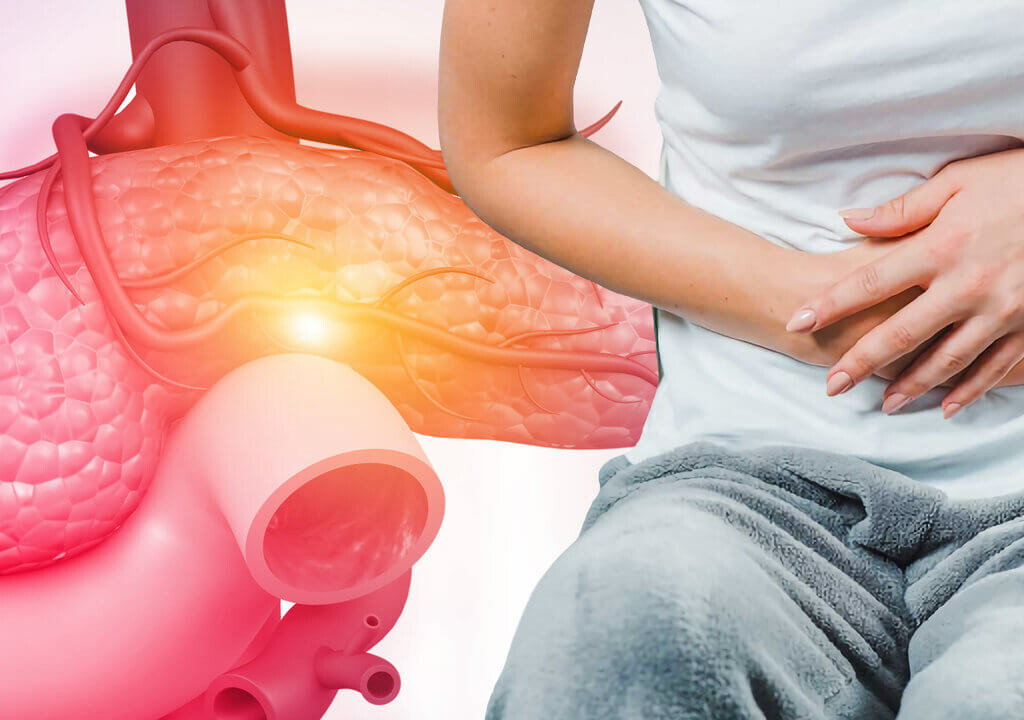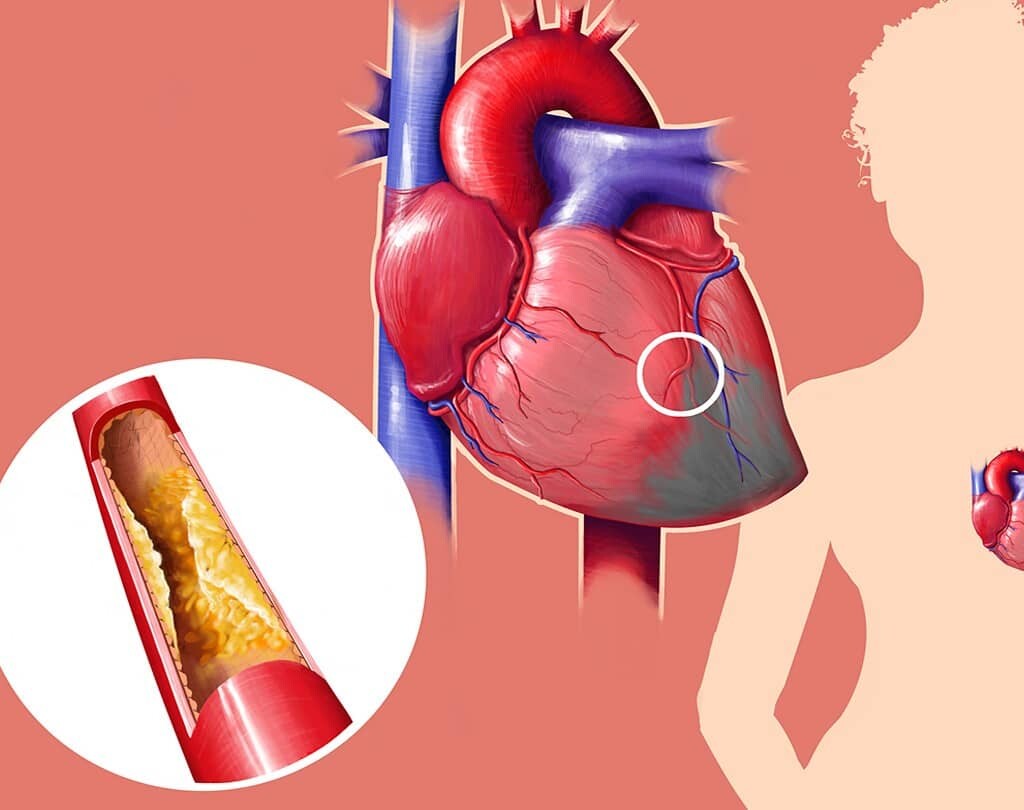The exocrine and endocrine activities of the pancreas are its two main functions. The exocrine function of the pancreas involves the production of digestive enzymes by exocrine cells, which are derived from the endoderm, a layer of the embryo.
Pancreatic Cancer Biodescodification — Emotional Conflicts
The exocrine glands release enzymes into a network of ducts that connect to the main pancreatic duct when food reaches the stomach.
The enzymes are released through the pancreatic duct in the form of pancreatic juice into the duodenum, the first part of the small intestine, where they aid in the digestion of proteins.
The ectoderm, an embryonic layer, performs an endocrine function, which results in the production of hormones that travel through the bloodstream. Insulin and glucagon are the two main hormones produced by the pancreas.
The function of glucagon is to release glycogen, which is glucose stored in the liver, into the blood, increasing the level of glucose in the blood. The function of insulin is to allow glucose from the blood to enter the body’s cells.
The normal blood glucose level is maintained by these two hormones.
Pancreas emotional conflicts
What kind of emotional upset could damage my pancreas?
Need an inability to obtain a vital morsel. Ugly conflict or fight over a prized piece of prey. Family disputes over money, an inheritance, or other object belonging to me that I have been waiting for.
Insufferable annoyances at home or work, animosity between relatives and disputes over inheritances. Unbearable humiliation, obscenity and embarrassment. Strong opposition that only the pancreas can resolve because the stomach and intestines are unable to do so.
Be cautious because it is not always about “material things” in this situation. Sometimes, what I was looking for in people was a kind word, forgiveness, or recognition.
Changes in the pancreatic tissue
What psychological mechanism is at play and why does my brain order modifications to the pancreatic tissue?
The inability to retain, catch or grab my part of the morsel is perceived by the brain as REAL and it commands the pancreas to secrete more to metaphorically digest it.
What will the active phase of the emotional conflict be like?
The pancreas will develop one or more tumors, usually in the tail of the pancreas, which is the last portion of the organ. This growth will resemble a “cauliflower”.
I will not have any symptoms or pain, but it will certainly enhance the production of pancreatic secretions to better digest proteins. After the “EMOTIONAL IMPACT”, this may last six months to a year and I will not be aware of it.
What will the period of emotional conflict resolution be like?
As a result of the sharp decrease in pancreatic function and the consequent reduction in the production of pancreatic juice, which is a substance that balances the levels of acidity and alkalinity in the digestive tract, I will initially experience pain and inflammation.
This will also result in poor digestion and assimilation of the proteins I eat.
I will start with fever, diarrhea and acidic stools. Since the battle is over, the brain recognizes that there is no longer a need to “enlarge the pancreas”, so any tumors that developed during the active conflict, but did not show any symptoms, will begin to classify and necrose (destroy).
It is possible that there will continue to be cavernous hollows everywhere in the pancreas where there were tumors, or that the tumor or tumors will simply encapsulate and remain there for a long time, even years, or that they will be resorbed.
Pancreatic cancer, a serious and fatal disease?
Anyone can live a full life with a pancreatic tumor as long as the conflict is contained and resolved.
The official medical interpretation of pancreatic cancer as a dangerous and fatal disease is almost always false. The pancreas would undoubtedly suffer damage if the person regularly experiences emotional influences of this nature and triggers and reactivates the tumor.
Emotional conflict resolution phase in the pancreas
The pancreatic ducts are extremely delicate and because they are so painful, the person becomes frightened and experiences more pain than ever during the emotional conflict resolution phase in the pancreas.
The person may be described as “doubled over in pain,” in which case pain medication will undoubtedly be required for treatment.
It is critical for the person who has been given the diagnosis of pancreatic cancer to understand that he is not “just getting sick,” no. He is beginning to breathe and, of course, to experience the signs and discomfort of his organ’s regeneration.
We should be aware that the hepatic ducts may be affected if the tumor has developed in the head of the pancreas, which could cause “jaundice” (yellowing of the skin, eyes and mucous membranes).
People with pancreatic cancer
The vast majority of people who have been “diagnosed with pancreatic cancer” would not break down, would not panic and would have genuine support from their loved ones if they knew, understood and were aware of the process they were going through.
Because fear will be the only thing that will save them from enduring the weeks or months of the resolution, which will be filled with pain. It will be a challenge to proceed if the person or family is overcome with fear.
Therefore, knowing the procedures can reassure the patient and help them refuse useless chemotherapy treatments that will only weaken them and make it harder for them to be brave in the face of agony and anguish.
With information from Akasha Integral Healing




